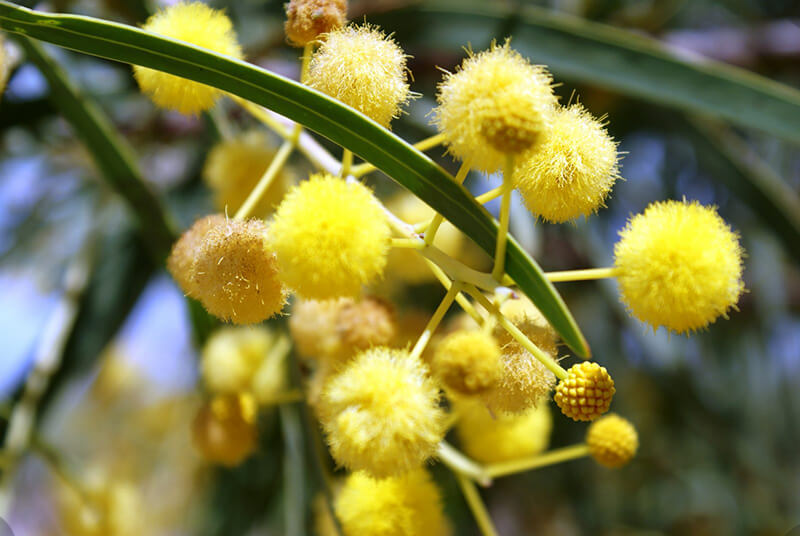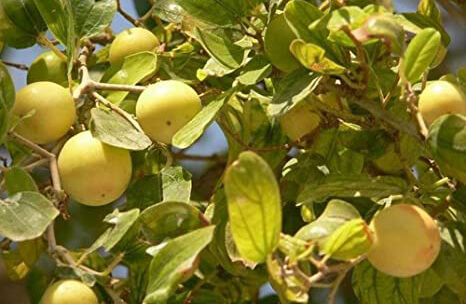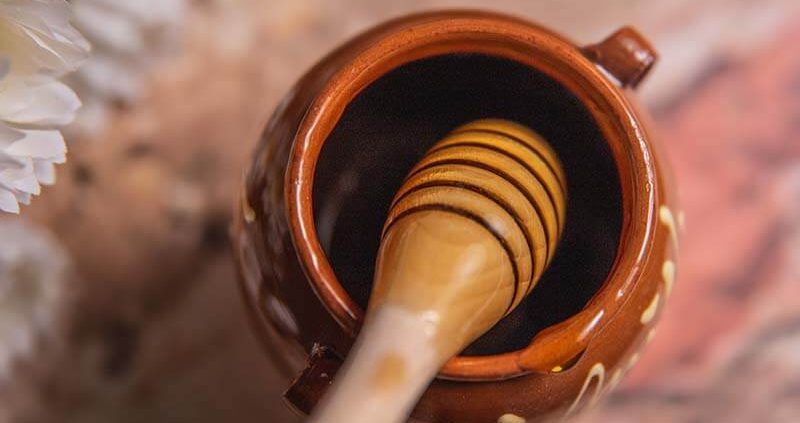Top 10 most amazing honeys
There is an enormous variety of honeys all over the world. All of them are delicious, but among them, there are some that stand out for something unique. This difference can come from its aroma, its flavour or from some genuine characteristic found in it that is not found in any other product. Therefore, something that makes it very special and highly demanded by lovers of real raw honey. Among these genuine honeys, we highlight the following.
Index
|
Summary: Selection of surprising honeys due to their aroma or other characteristics. Some of them can be found in Spain. Likewise, in our shop in Las Rozas de Madrid we want to incorporate all of them. Currently, we have acacia honey, arbutus honey and thyme honey.
Related articles: The most expensive honeys in the world. Where to buy quality raw honey?
1. The most surprising honeys
Therefore, among the most genuine honeys that can be found all over the world, are the following. The vast majority of them we have not tried, but according to various internet sources, they indicate that they are the following.
1. Acacia honey
Acacia honey is produced in Eastern Europe, Eastern United States and parts of China. It is produced by the bees of the False Acacia tree or False Acacia Robinia pseudoacacia in its scientific name.

Picture 1: Flowers of the acacia tree
This honey is yellow in colour and in some cases almost transparent. It also stands out for its aroma with hints of vanilla. Moreover, it is a honey that you can buy in our shop in Las Rozas de Madrid.
2. Sidr honey from Yemen
Sidr honey comes from the wild tree that grows in the desert of Yemen. This tree was also called “thorn of Christ”.
a) Characteristics of the plant
Sidr is a small thorny shrub. Its scientific name is Ziziphus spina-christi or Paliurus spina-christi. The shrub can grow up to three metres high and forms dense thickets. Its branches are grey-yellow, its flowers are yellow and the fruit turns red when ripe.
The Sidr bush is very versatile and can be used for almost anything. The leaves can be used to cleanse the body, the oils from its resin as a deodorant. In addition, the wood is very good for making houses and is also used against snake bites. Finally, the roots have medicinal properties and the fruit is delicious.

Picture 2: Yemeni honey
b) Climate
This shrub grows in desert or semi-desert areas, as well as coastal areas. Its water and nutrient requirements are also very low, as it can survive with very little rainfall per year and in very poor soils. In addition, it can withstand temperatures as low as minus 5 ºC.

Picture 3: Ziziphus spina-christi or Paliurus spina-christi.
c) Where does the name of Christ’s thorns come from?
Christian tradition says that the crown of thorns put on Christ before his crucifixion was made from the branches of this shrub.
3. Manuka honey
Manuka honey is another honey with a very special aroma and sweetness. This honey comes from New Zealand or Australia, although the highest quality honey comes from New Zealand.
Also, this honey from the plant “leptospermum scoparium” in its scientific name has fantastic health properties.

Picture 3: Manuka honey from Sala Higón
4. Tupelo honey
Tupelo honey is the honey that comes from the nyssa ogeche tree. This tree grows in the rivers and swampy areas of the southern United States.
It is produced in early April. At this time, the tupelo tree develops small, pea-shaped buds at the ends of its stems. Weeks later, these small buds develop into buds, similar to a small cauliflower. Finally, they sprout into a round, spiky ball.
a) Characteristics
The honey has a light amber colour and is very sweet. This taste is accompanied by a characteristic spiciness. In addition, some people find the aroma of this honey very similar to that of butter.
On the other hand, this honey has a low concentration of glucose. Consequently, it is more suitable for diabetics.
5. Oxydendrum arboreum honey
In the Appalachian region of the United States, the Oxydendrum arboreum tree grows under its scientific name.
The flowering of this tree is late, which makes it particularly striking at the time of flowering because of the contrasts it gives to the landscape. Its leaves are also very acidic and are used as a laxative. In addition, the juice of its flowers, apart from being used to make honey, is also used to make jelly.
6. Chamerion honey
Chamerion honey comes from the plant Chamaenerion angustifolium in its scientific name.
This honey has a pale amber colour and a very characteristic aroma.
7. Buckwheat Honey
Buckwheat honey is another very characteristic honey that is sometimes brought from Poland. The buckwheat flower is distinguished by its white and pink flowers.
a) Characteristics of the plant
Buckwheat or buckwheat, Fagopyrum esculentum in its scientific name, has nothing to do with the wheat plant, from which all bakery products and sweets are made. Exactly, it is called buckwheat, but it is not wheat, but belongs to the Polygonaceae family.
The name buckwheat comes from the shape of its fruits, which have a triangular cross-section and are reminiscent of wheat grain.
Buckwheat is an annual plant that can reach a height of 16 cm. Its stems are reddish and the flowers are white to pink in colour. The nectar released by these flowers is highly sought after by bees.
On the other hand, the name Saracen is linked to the silk route and the time when the Saracens controlled this route.






Leave a Reply
Want to join the discussion?Feel free to contribute!